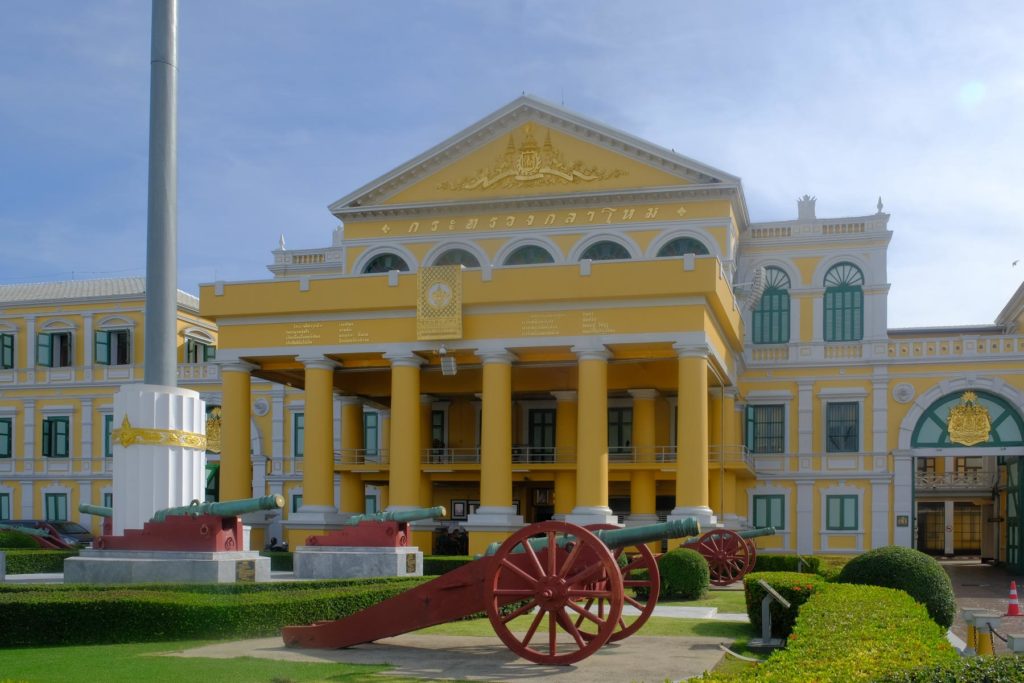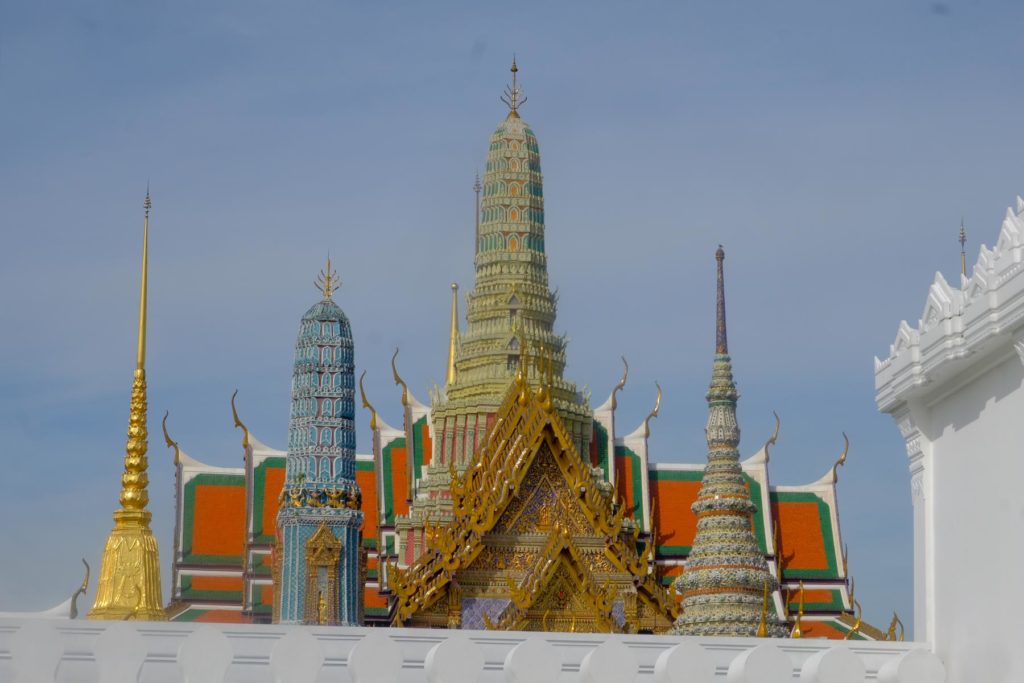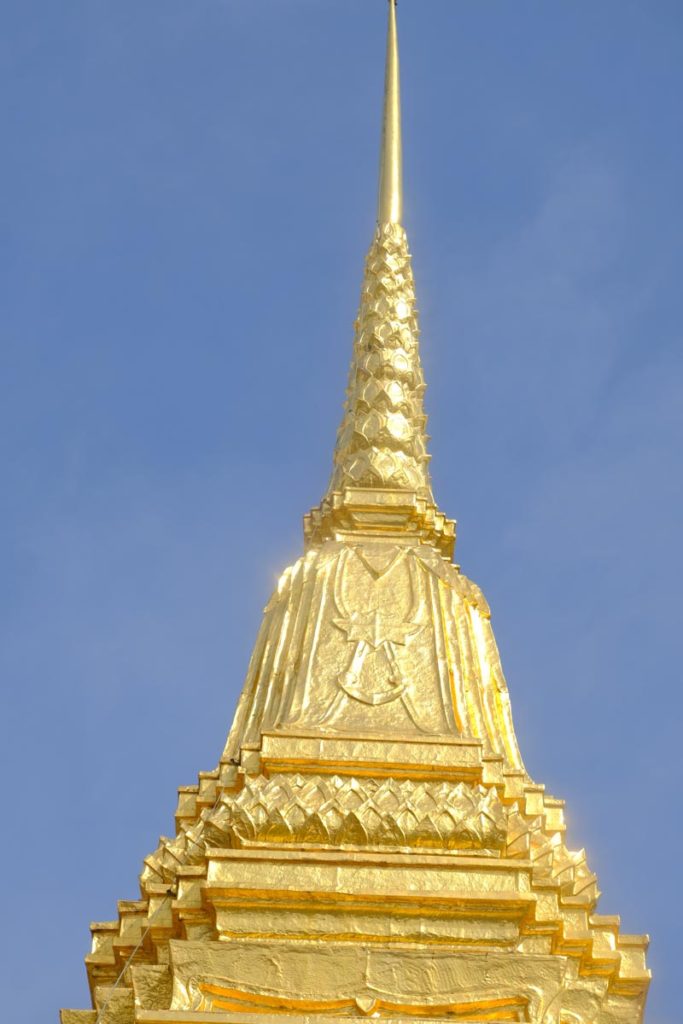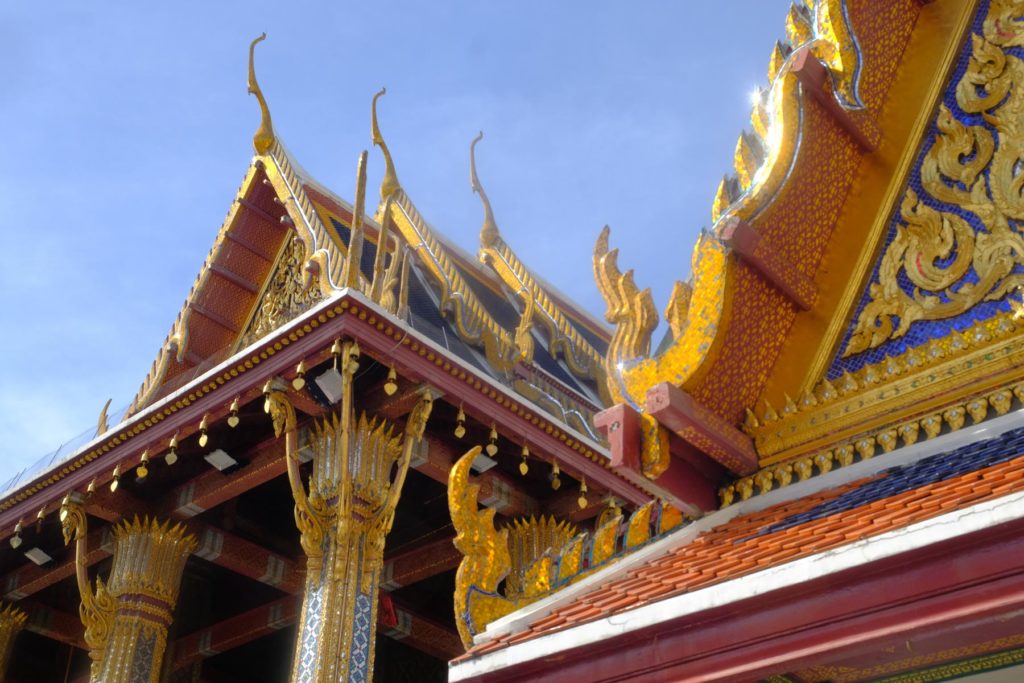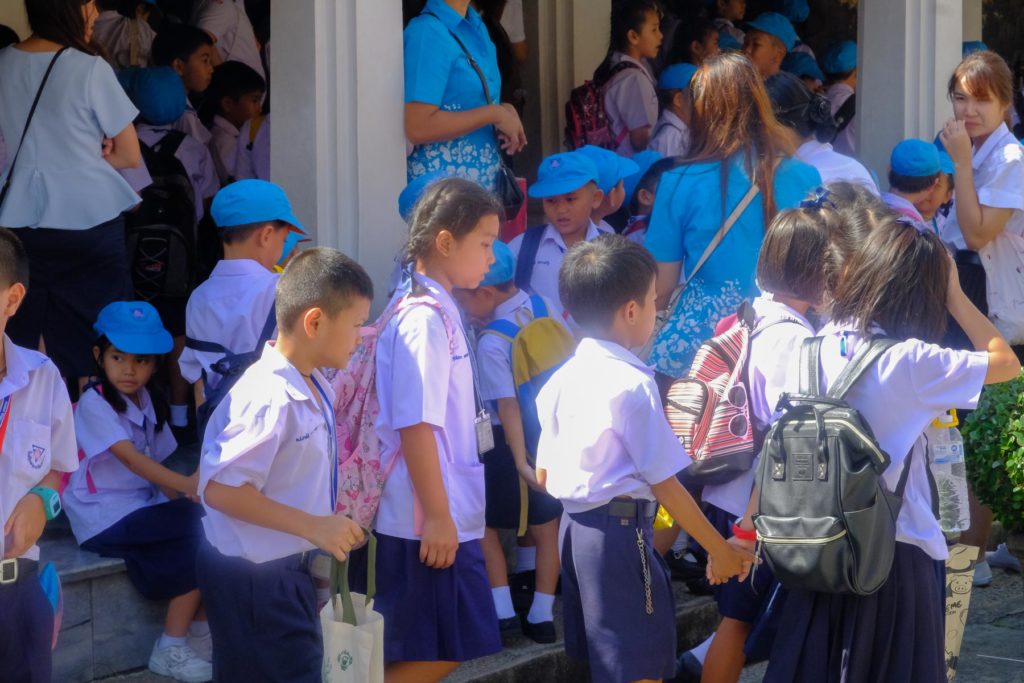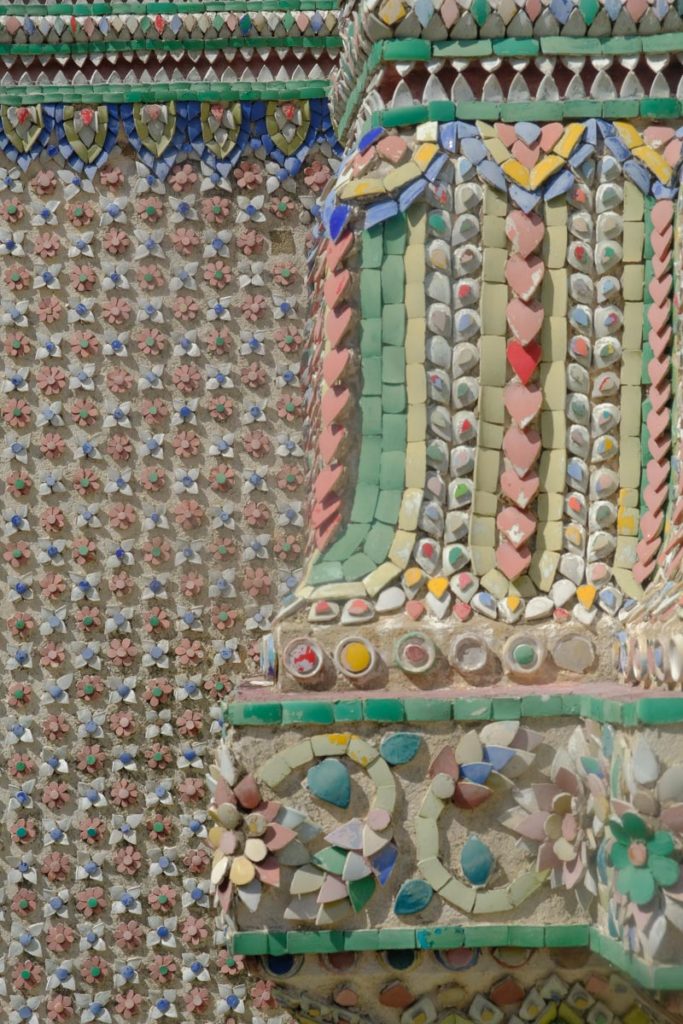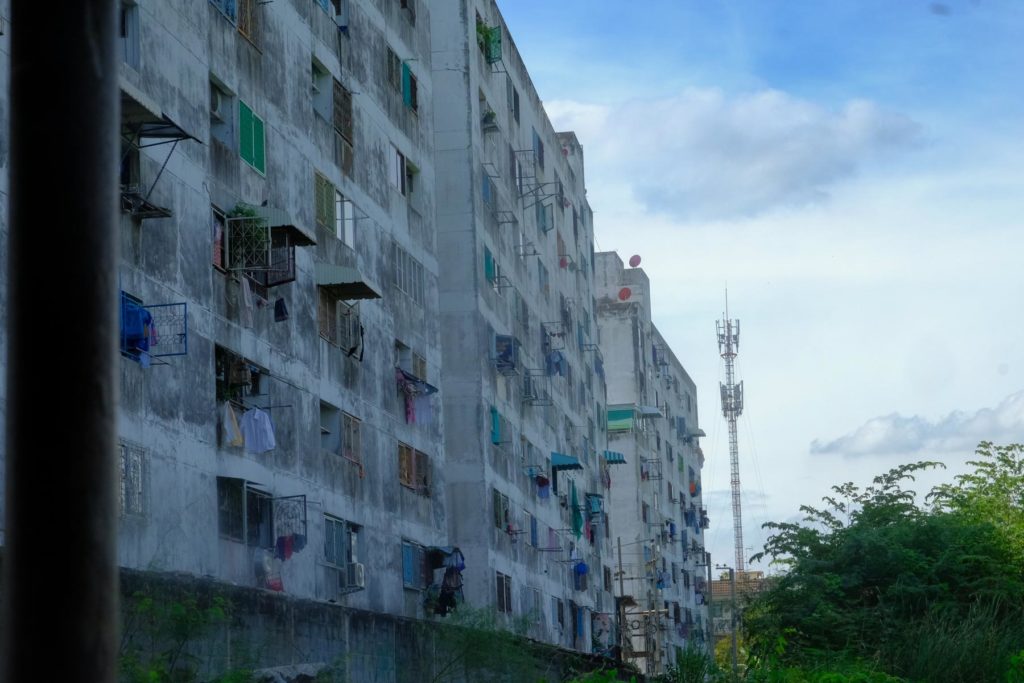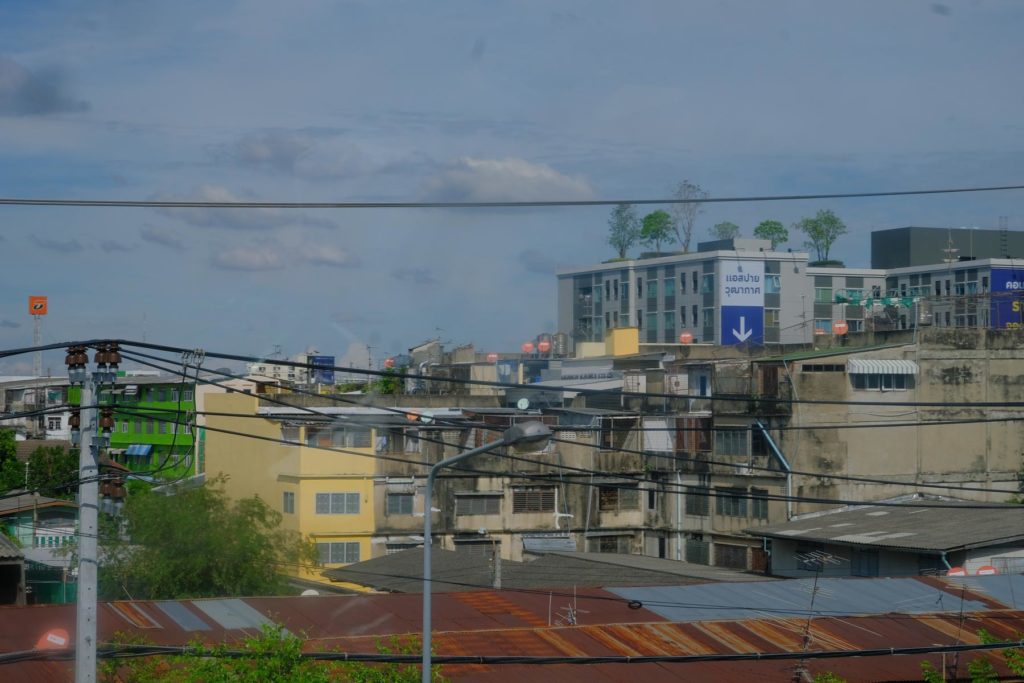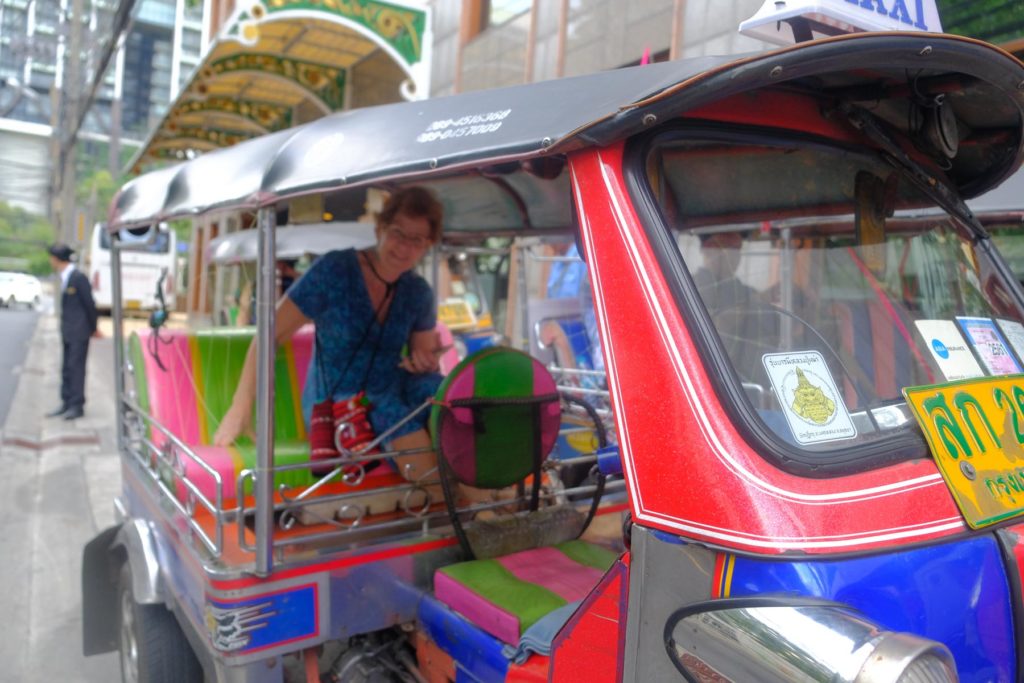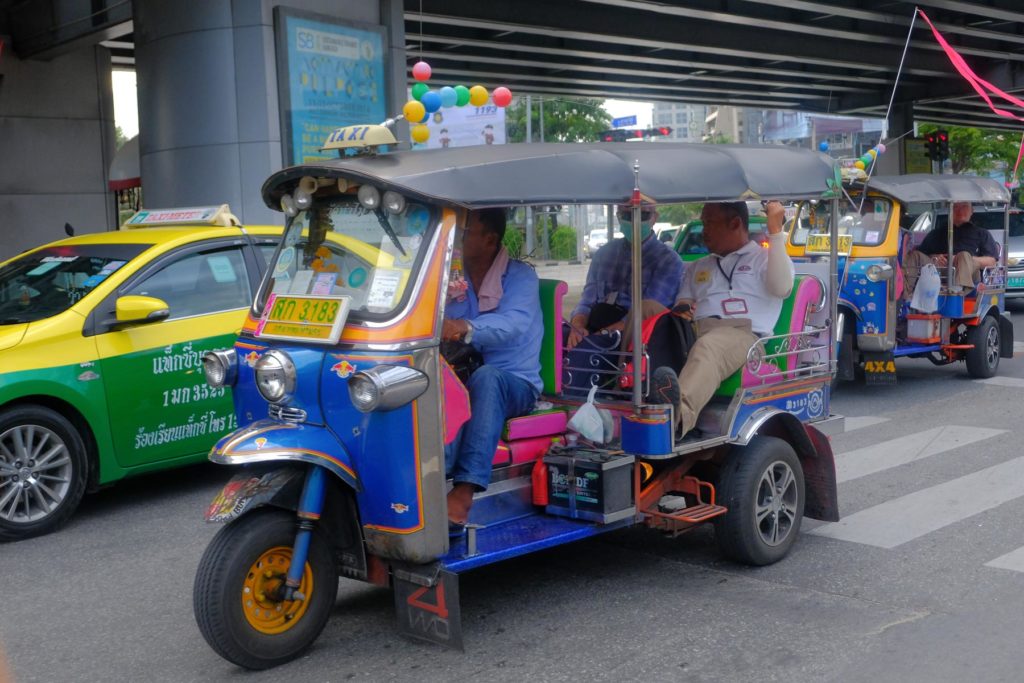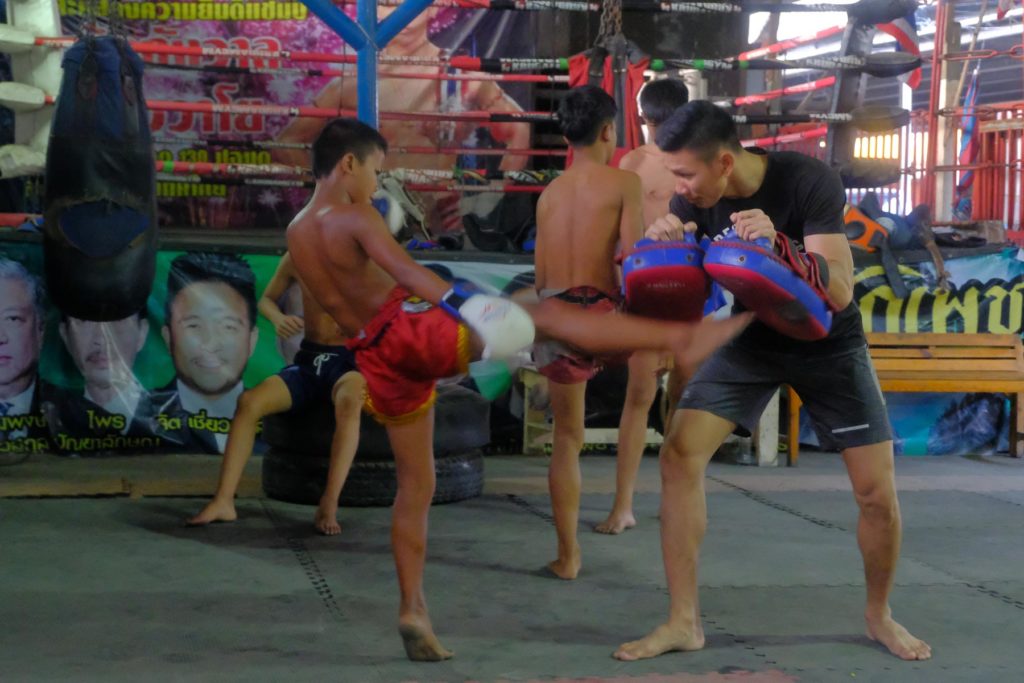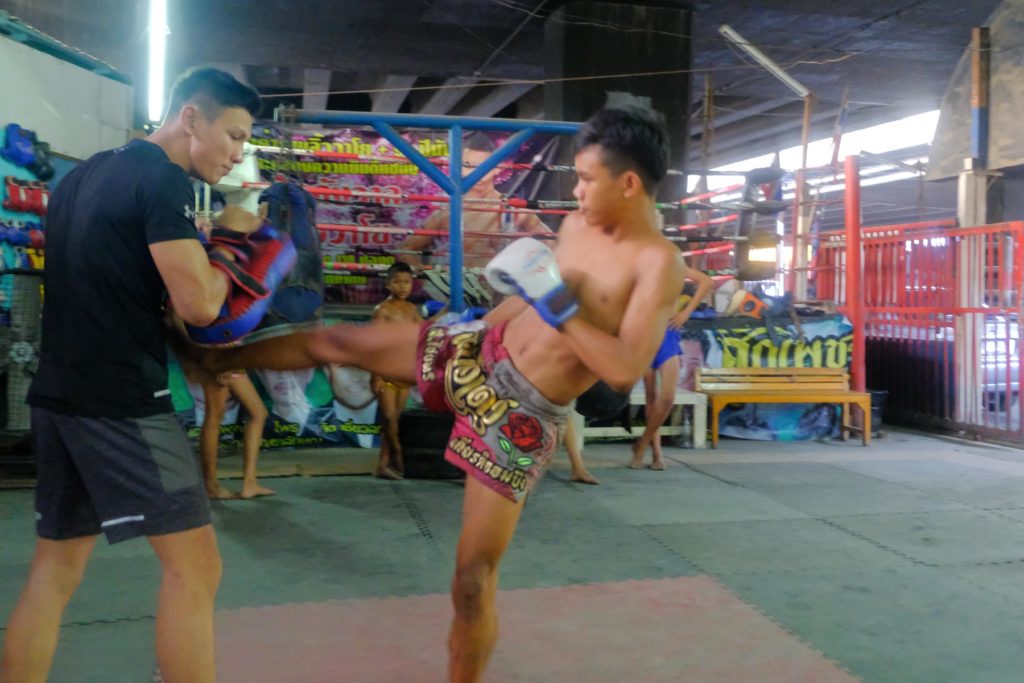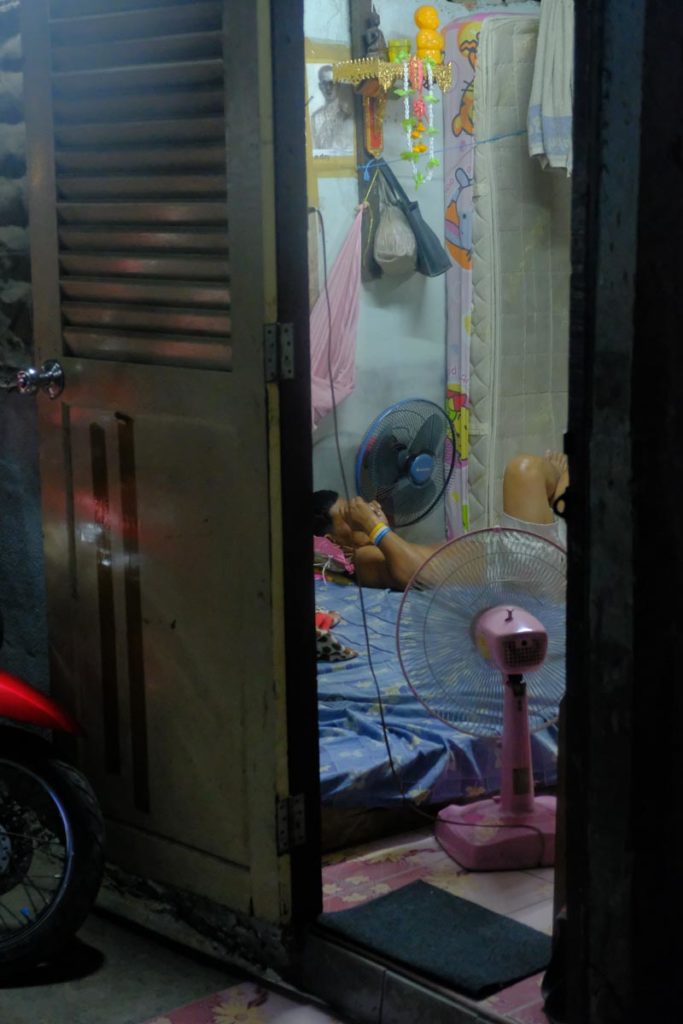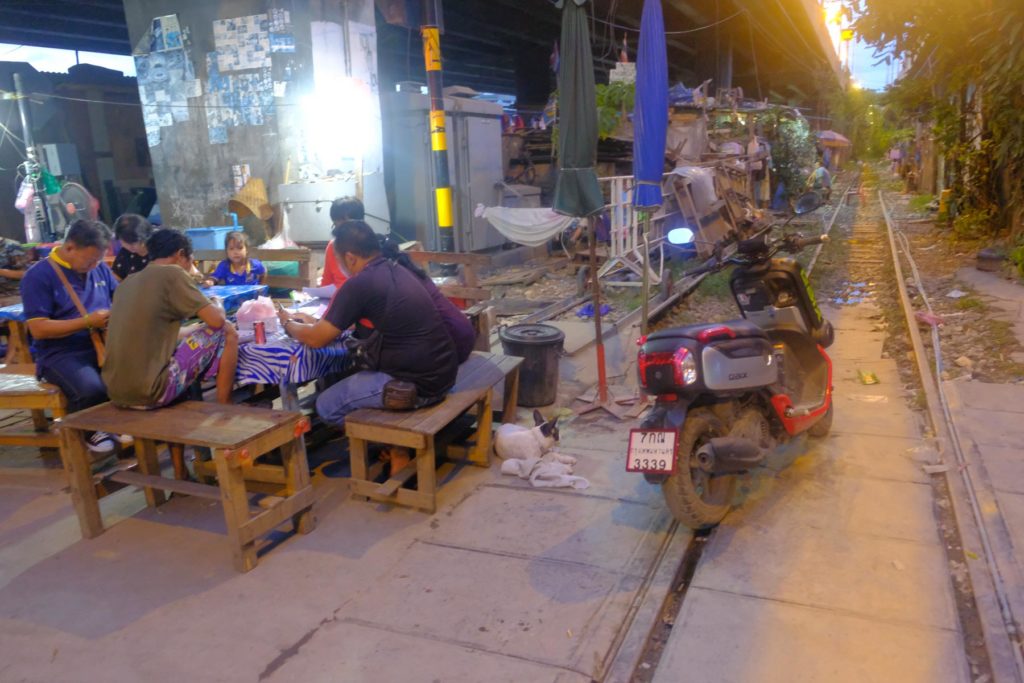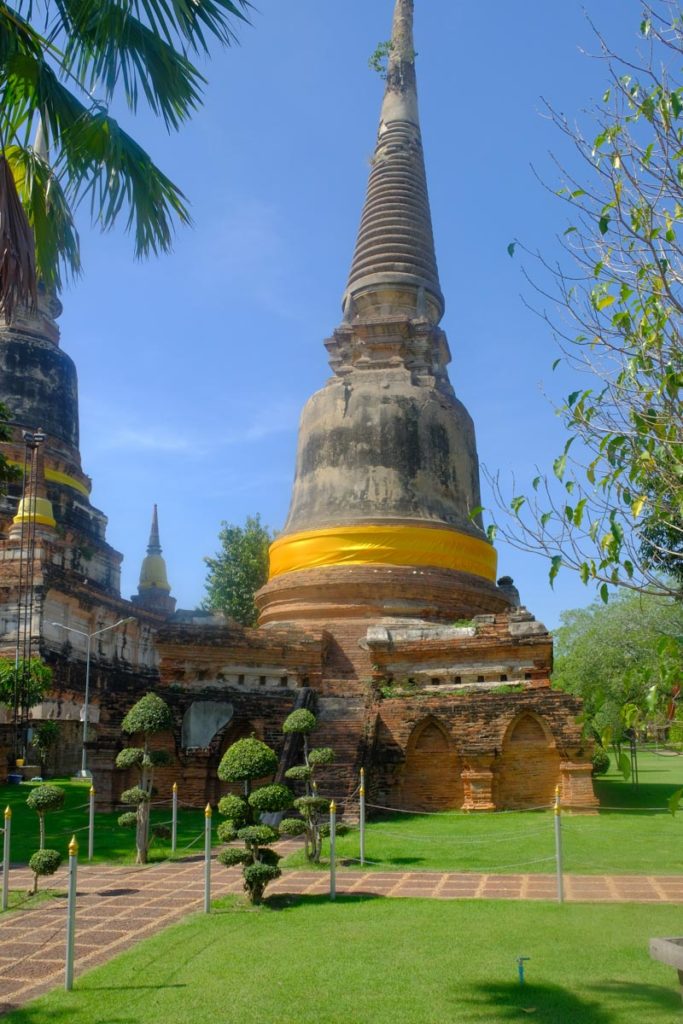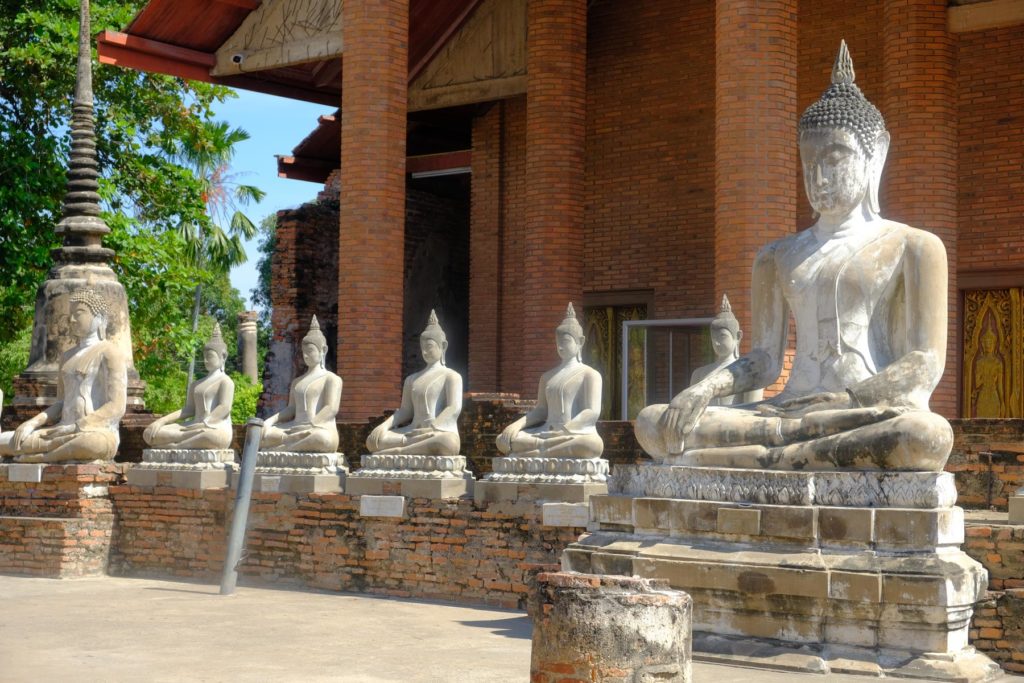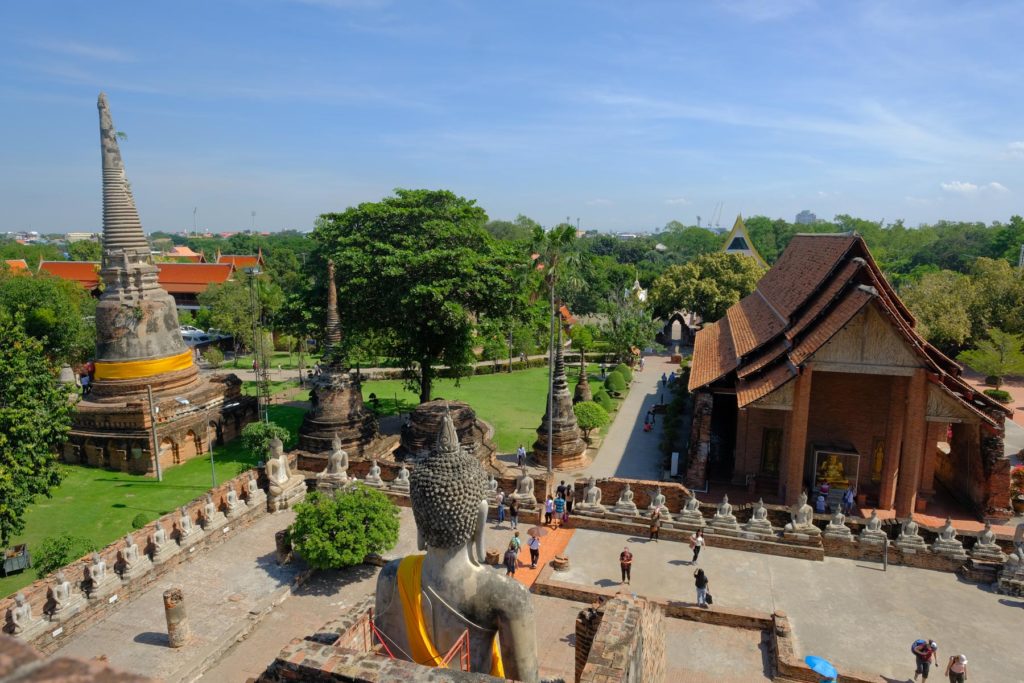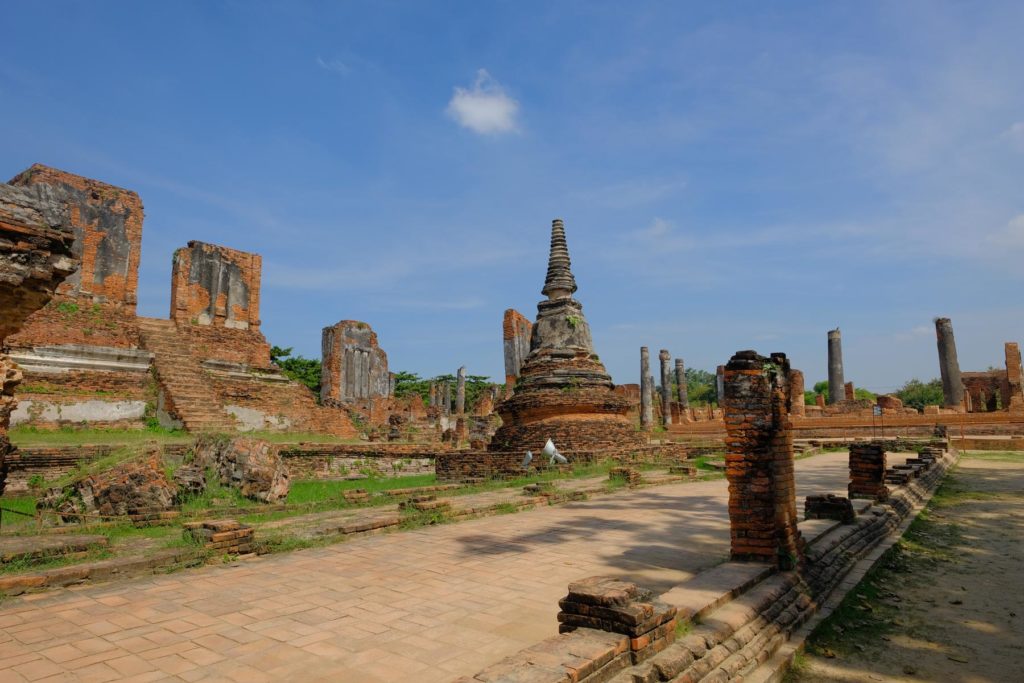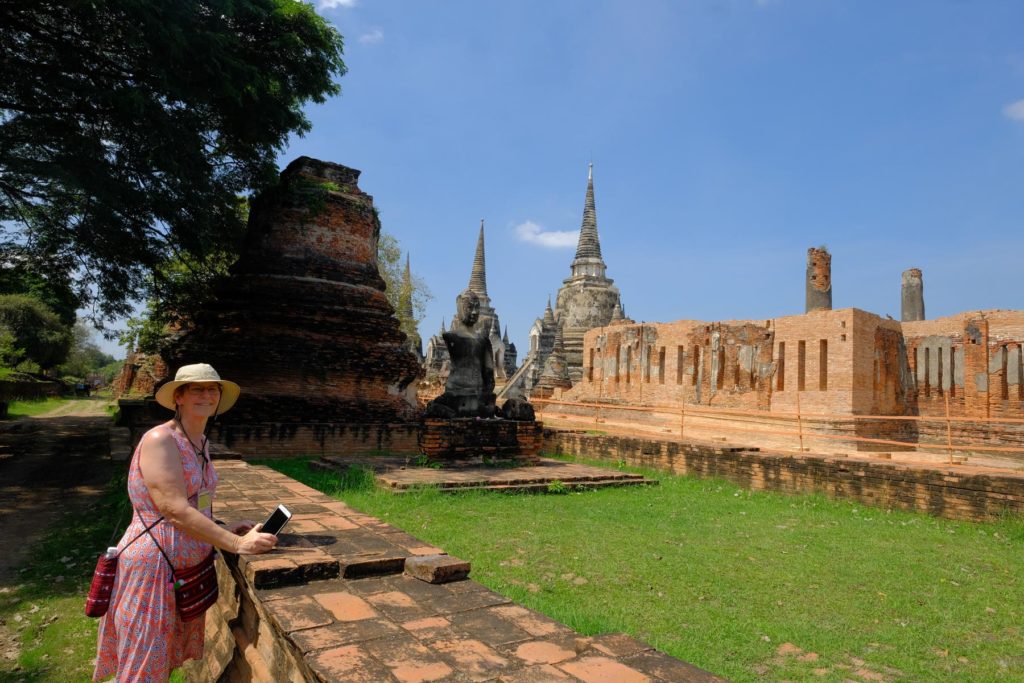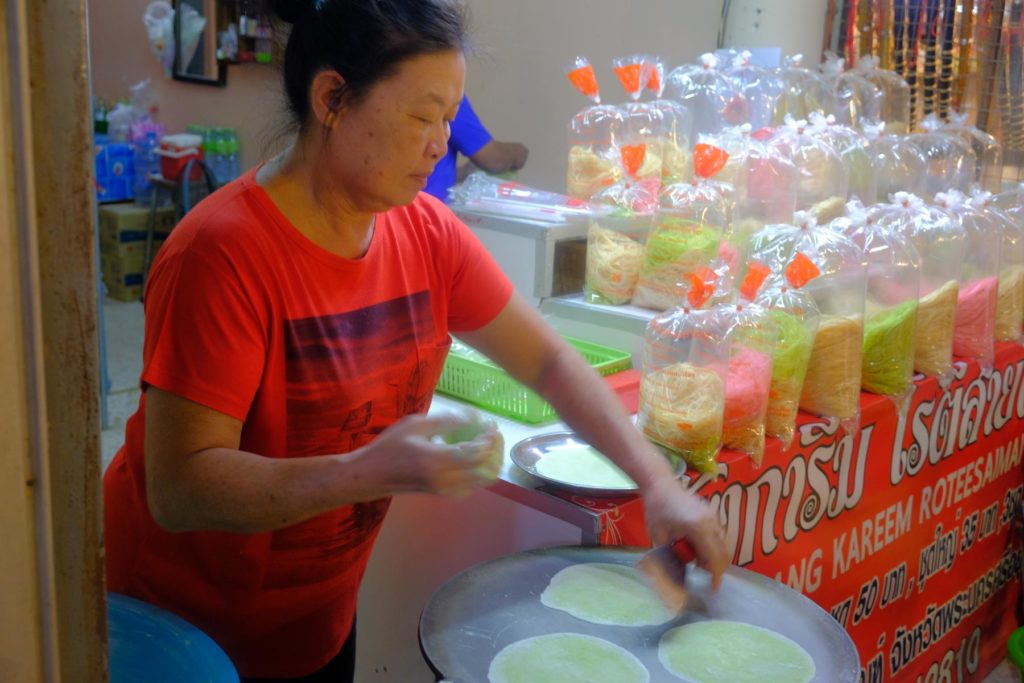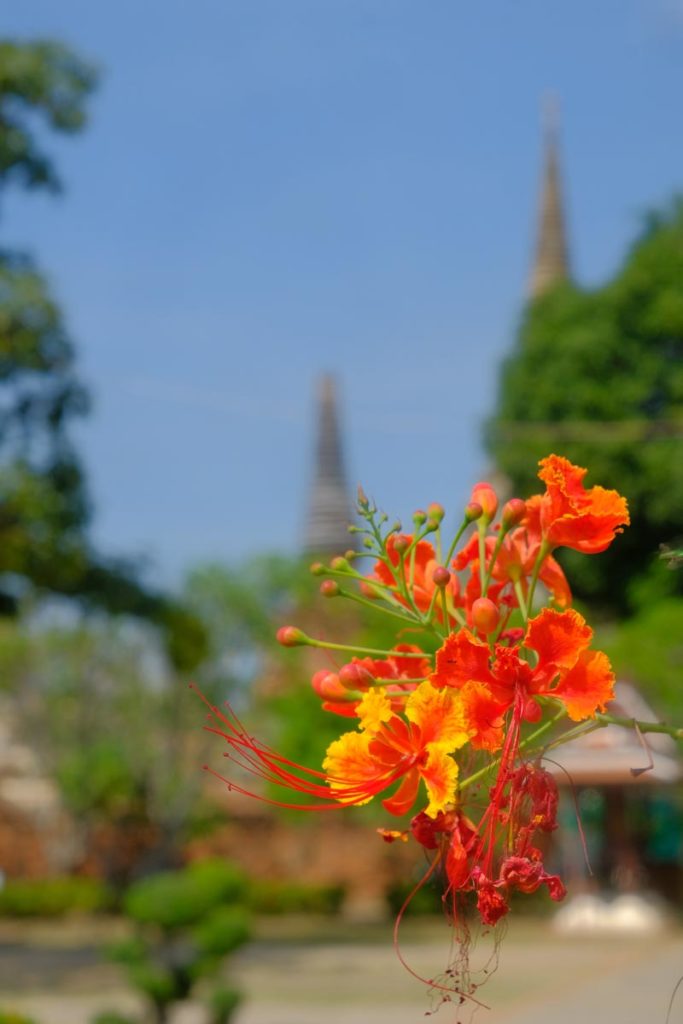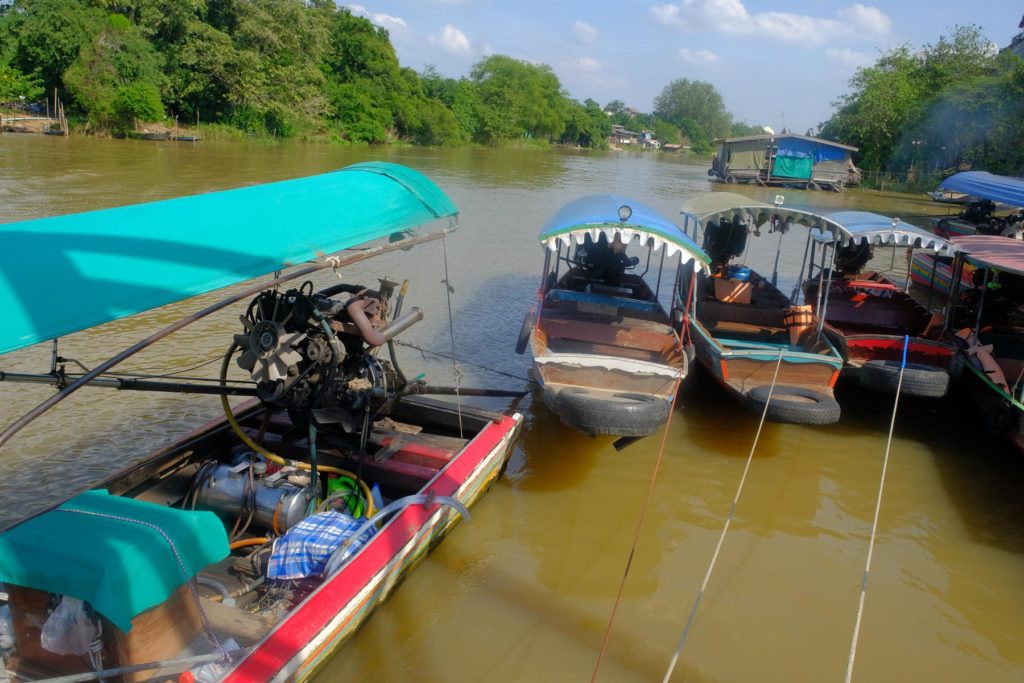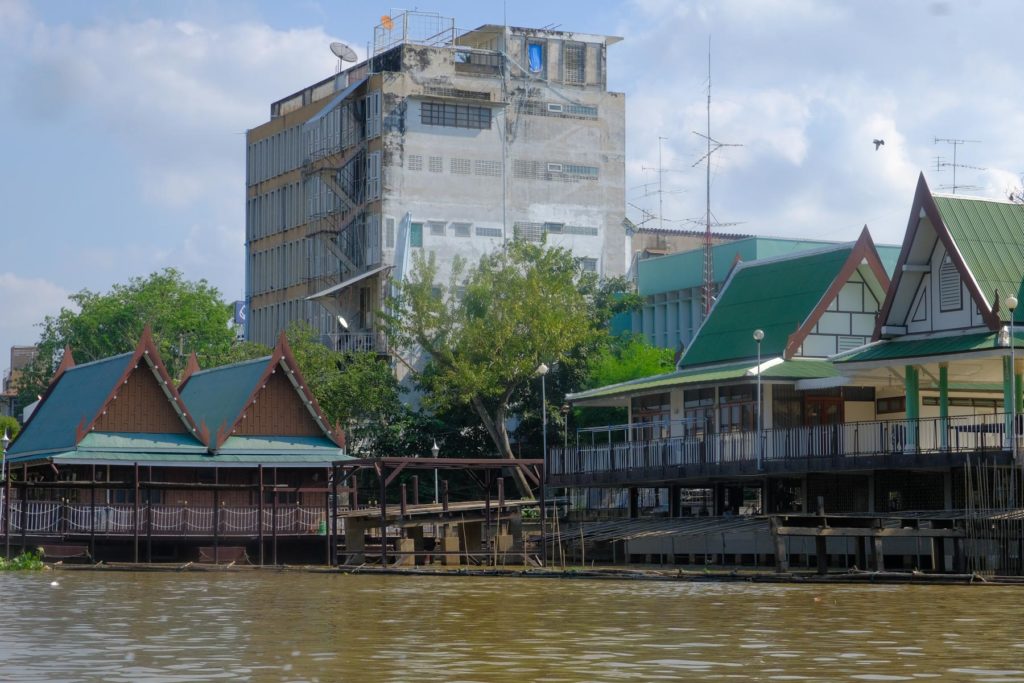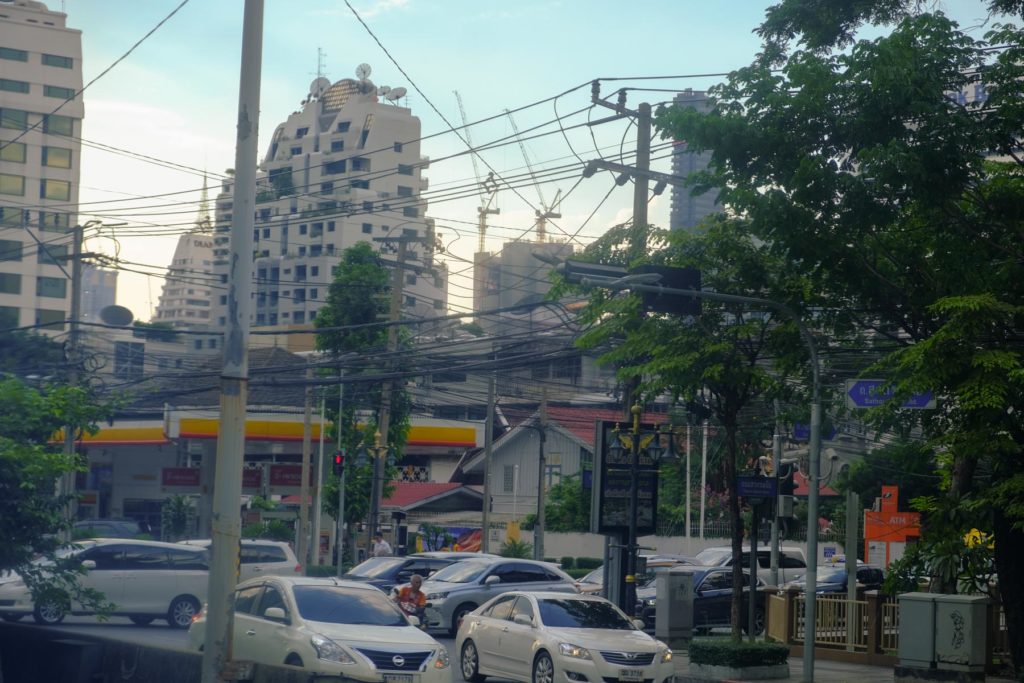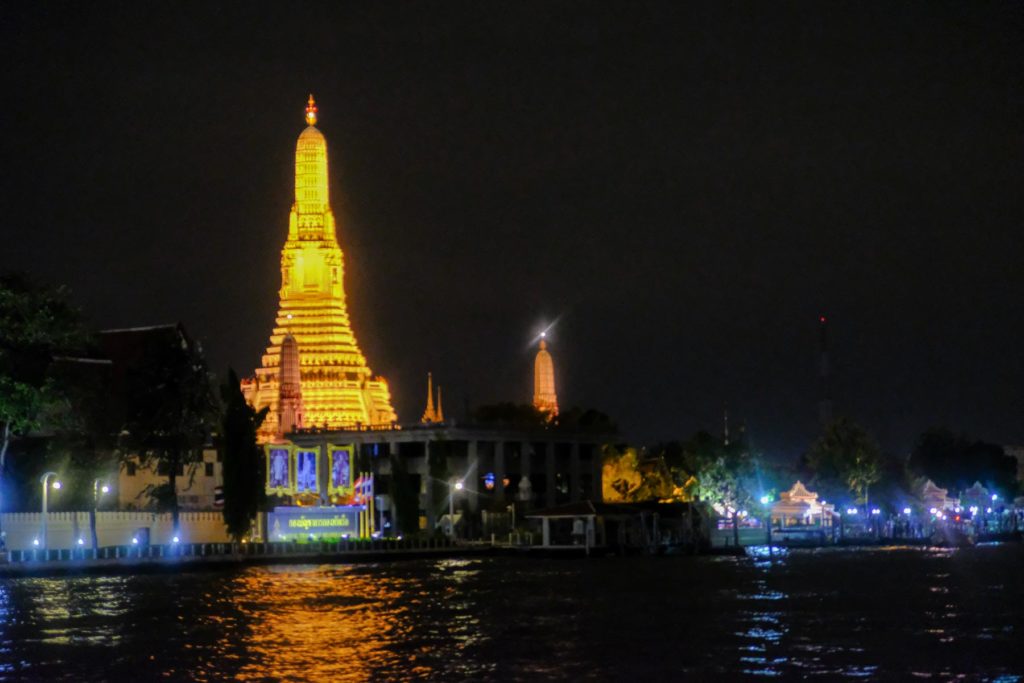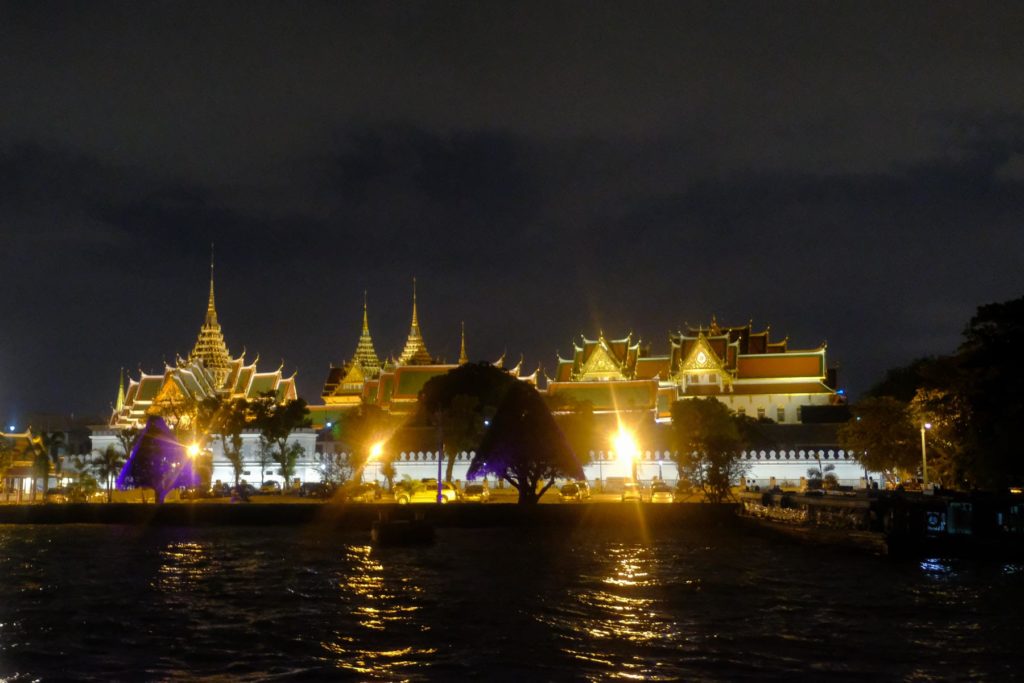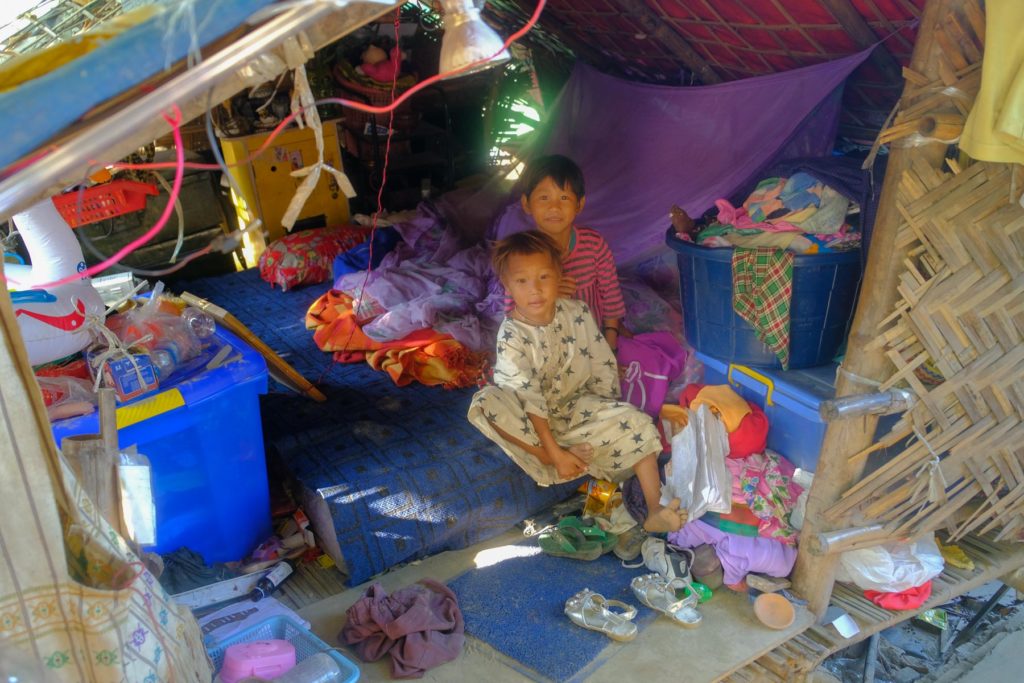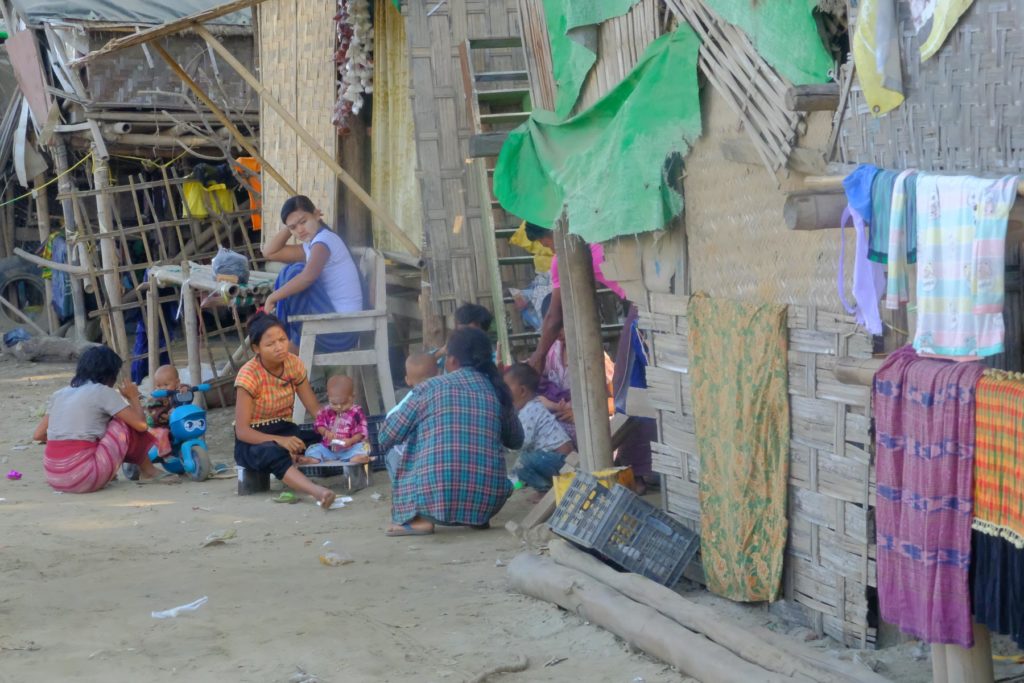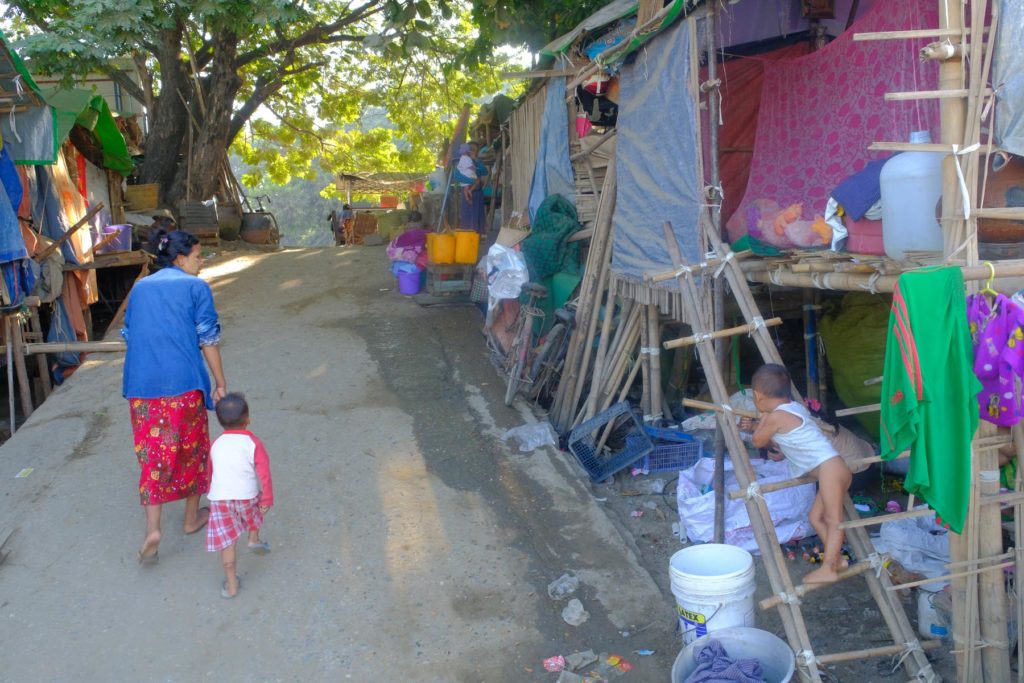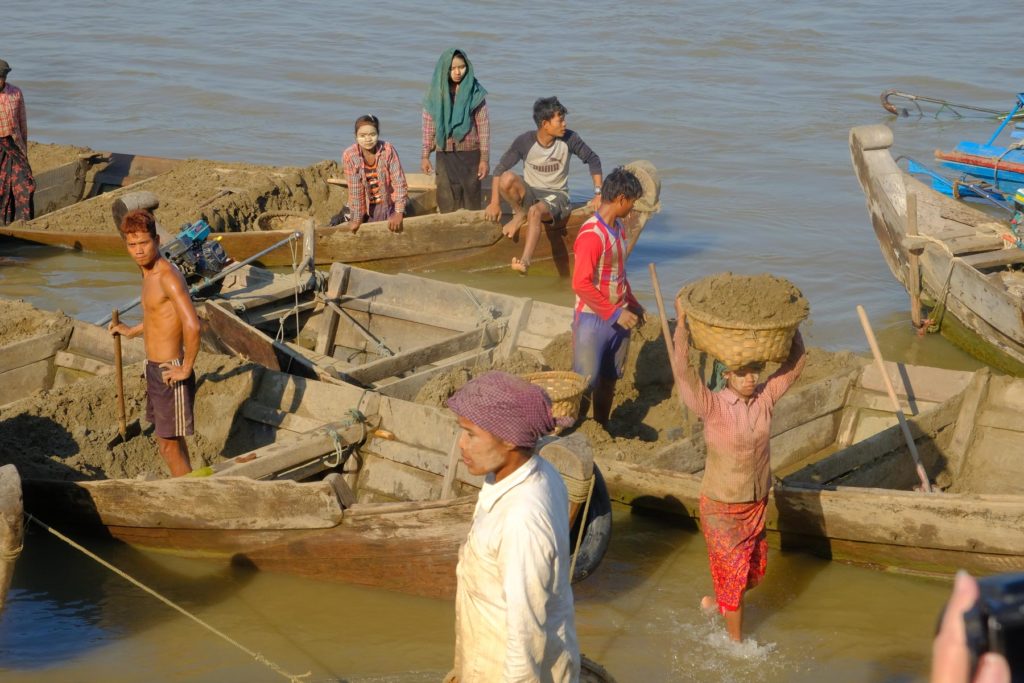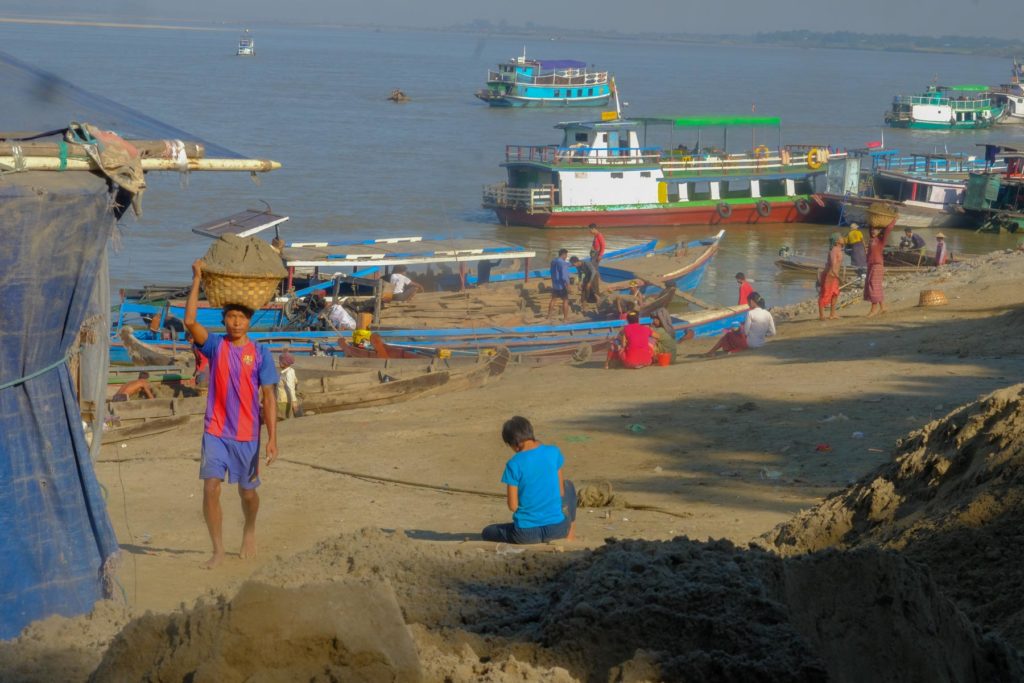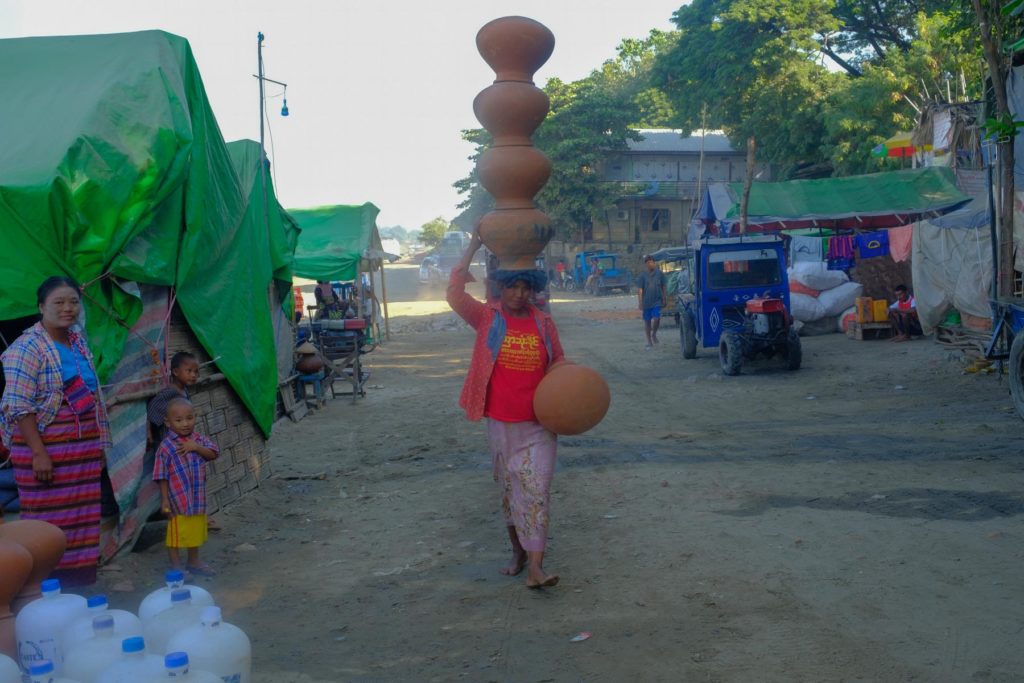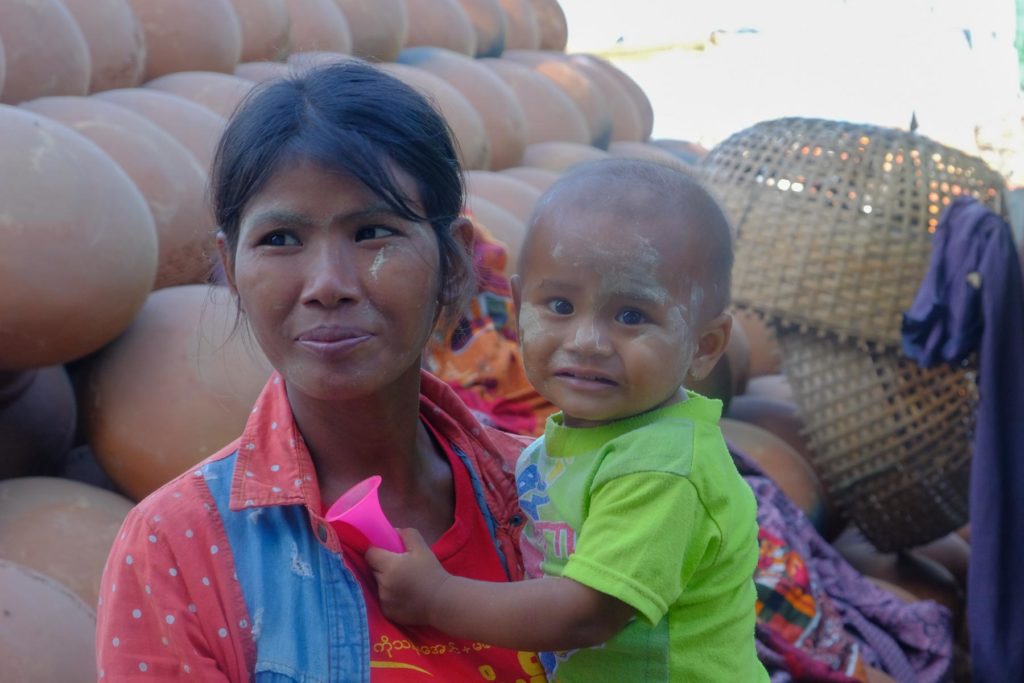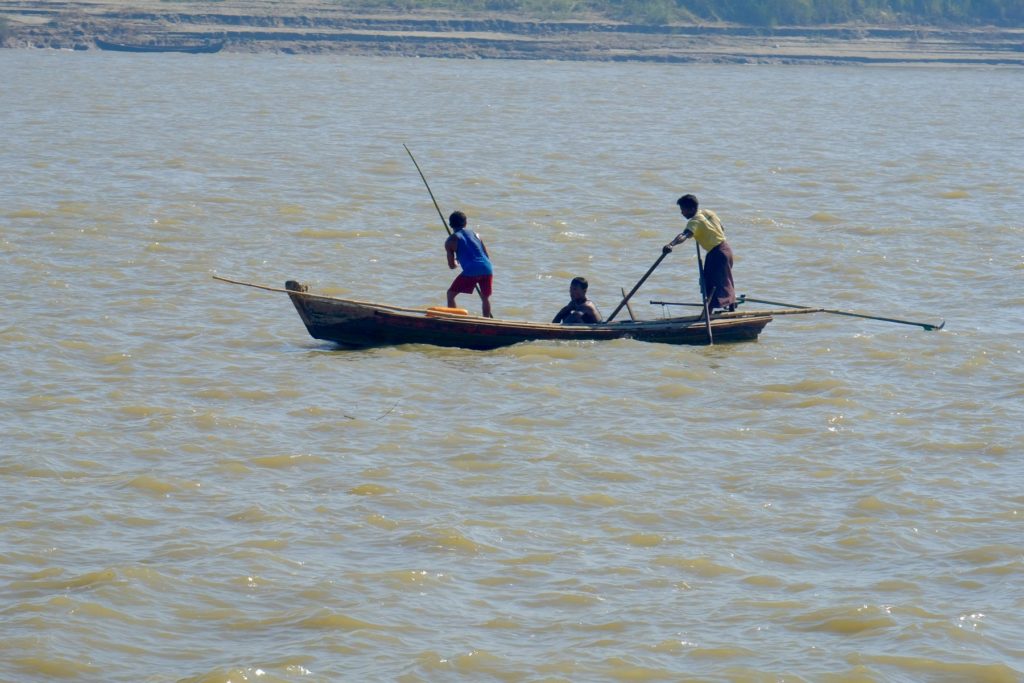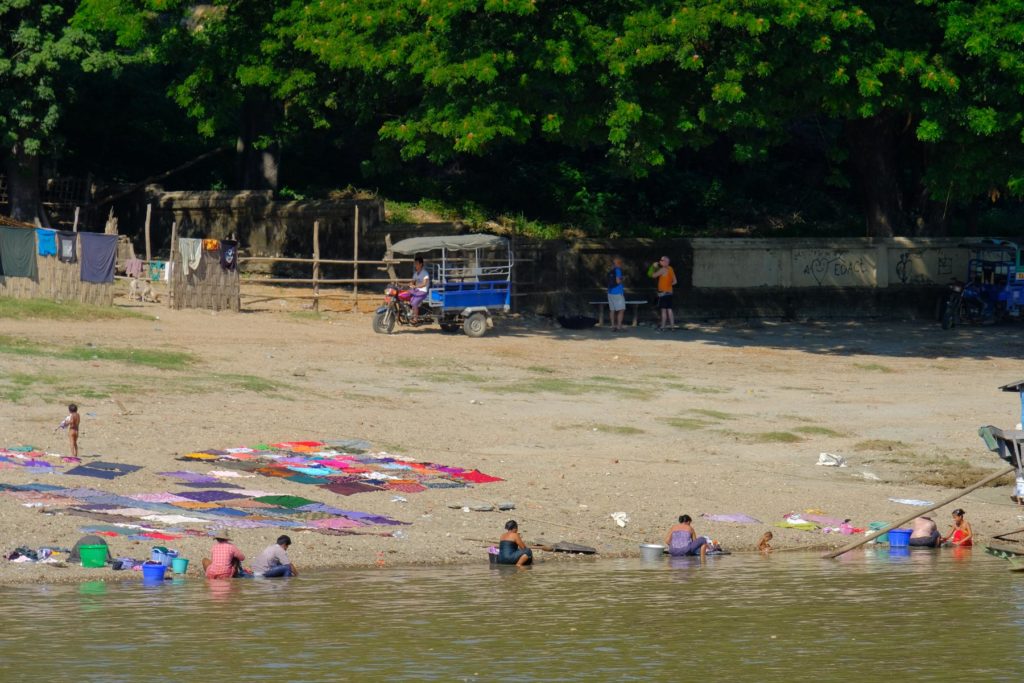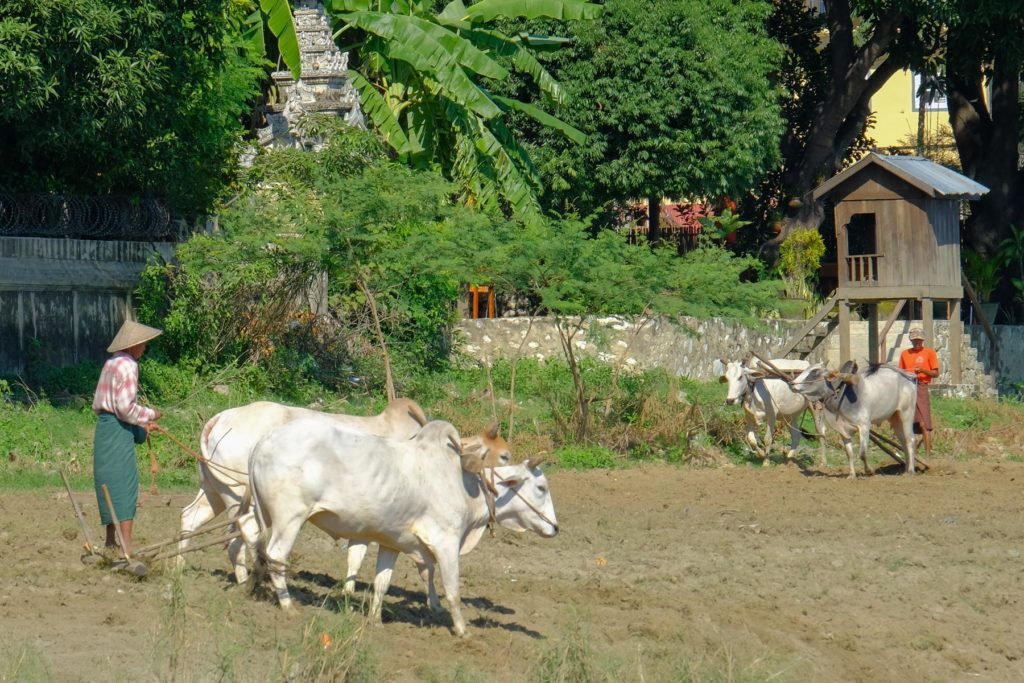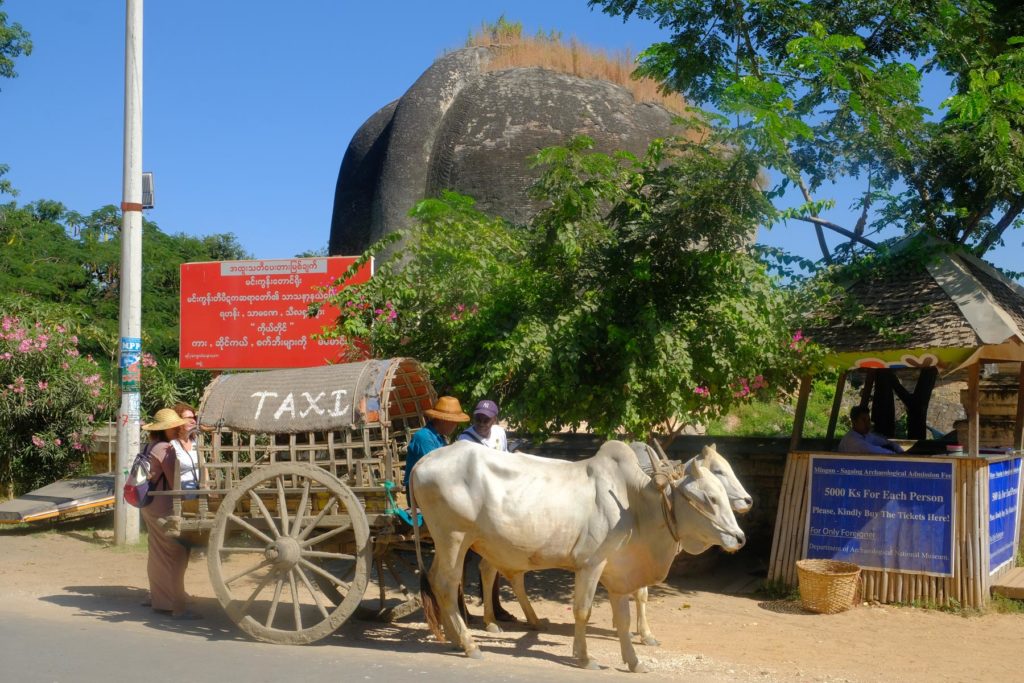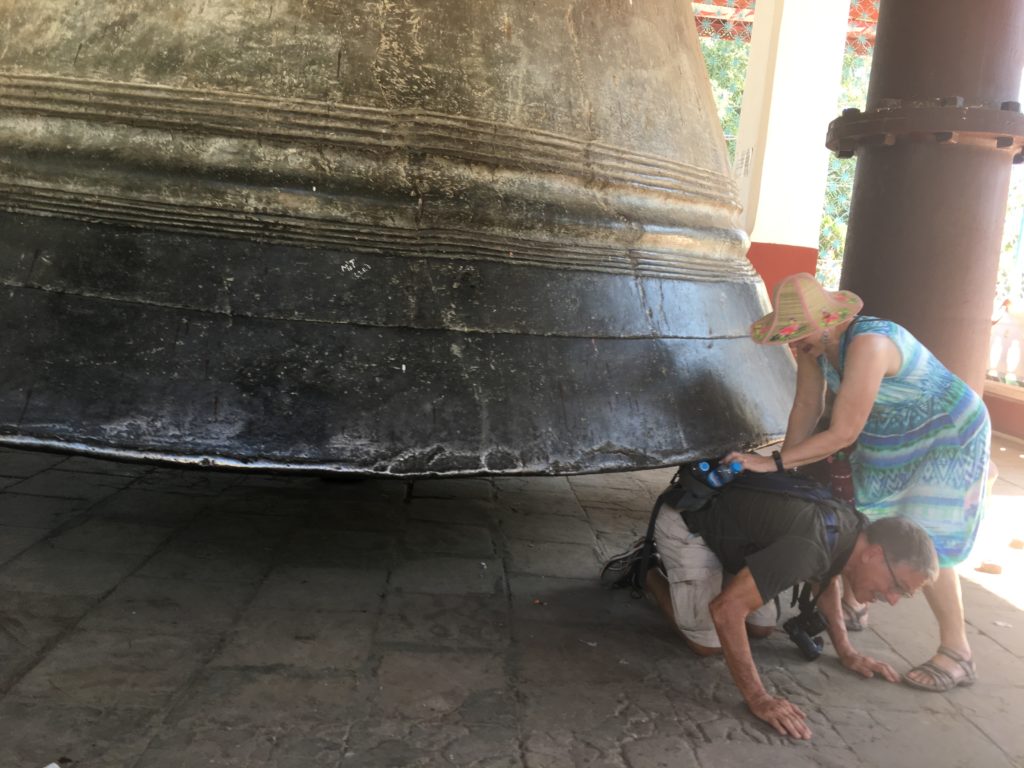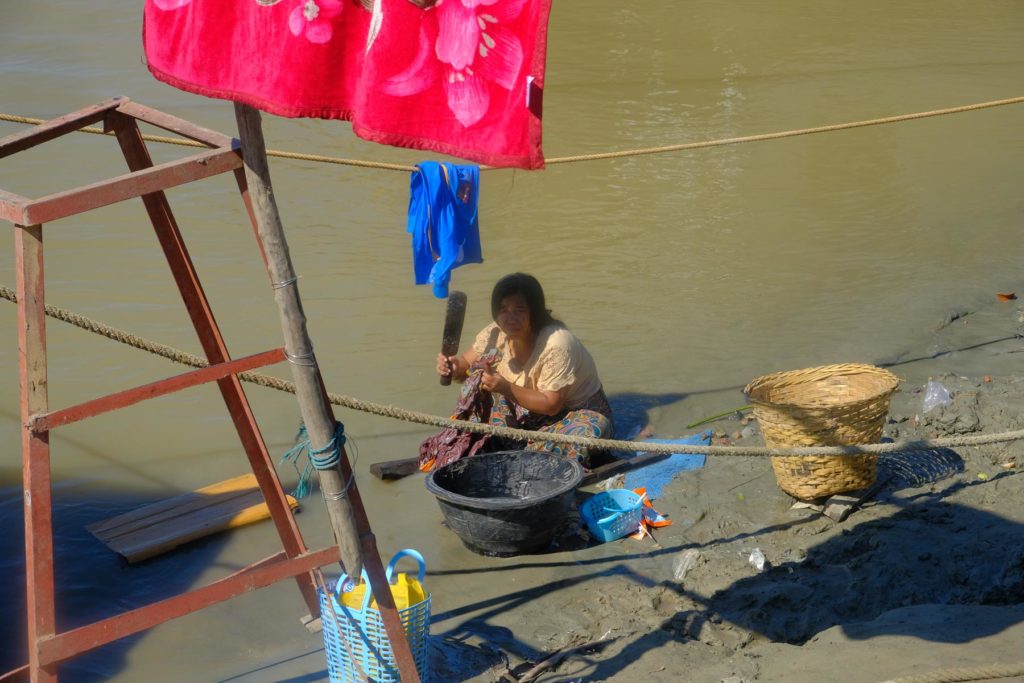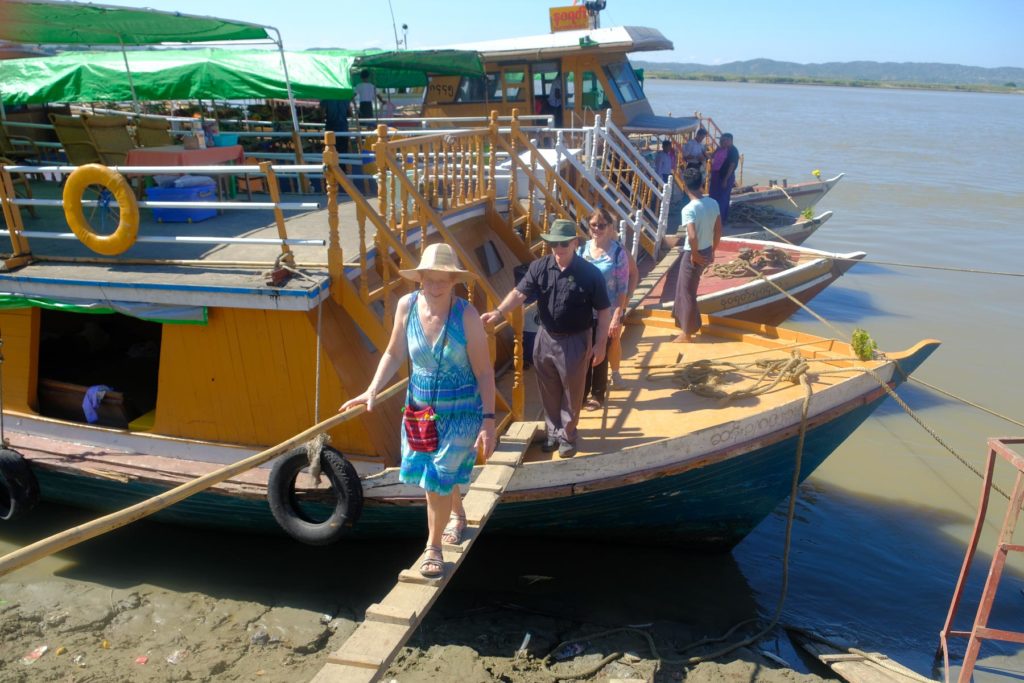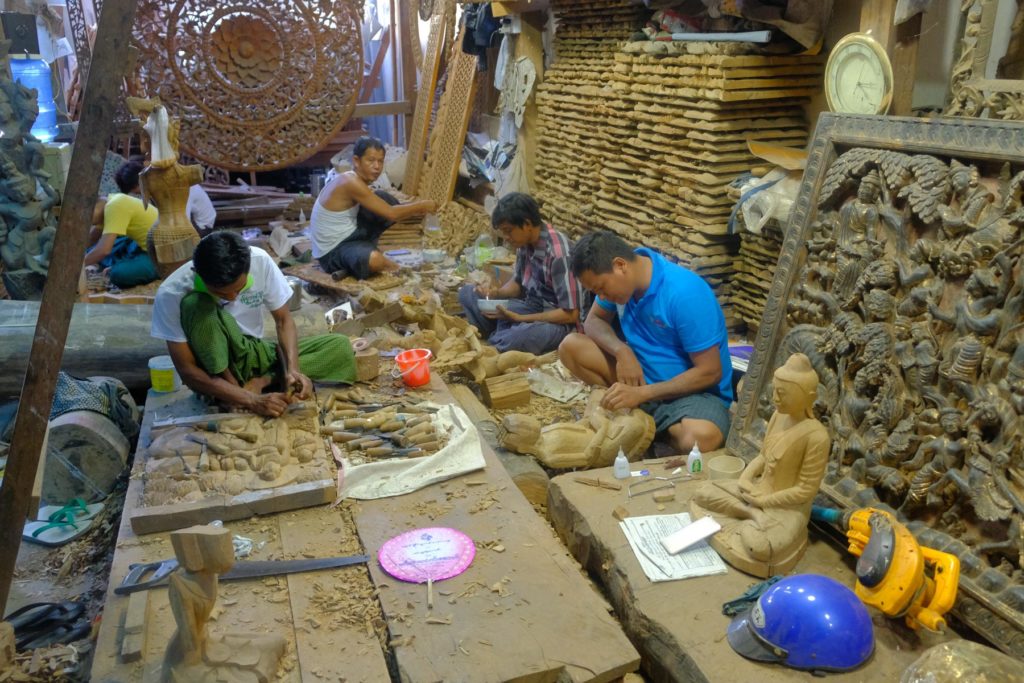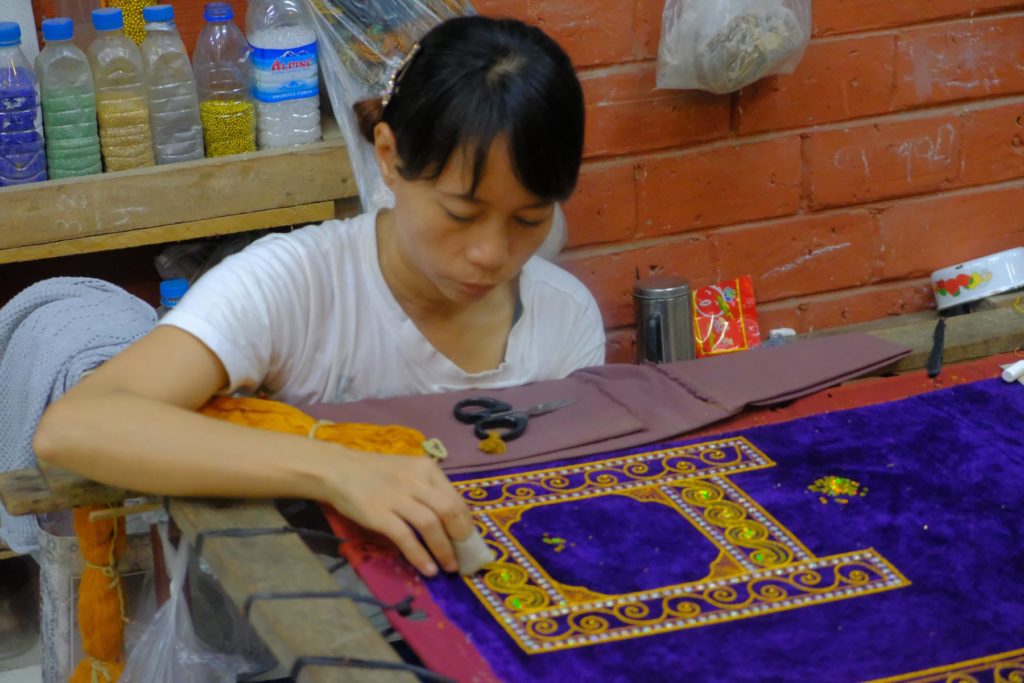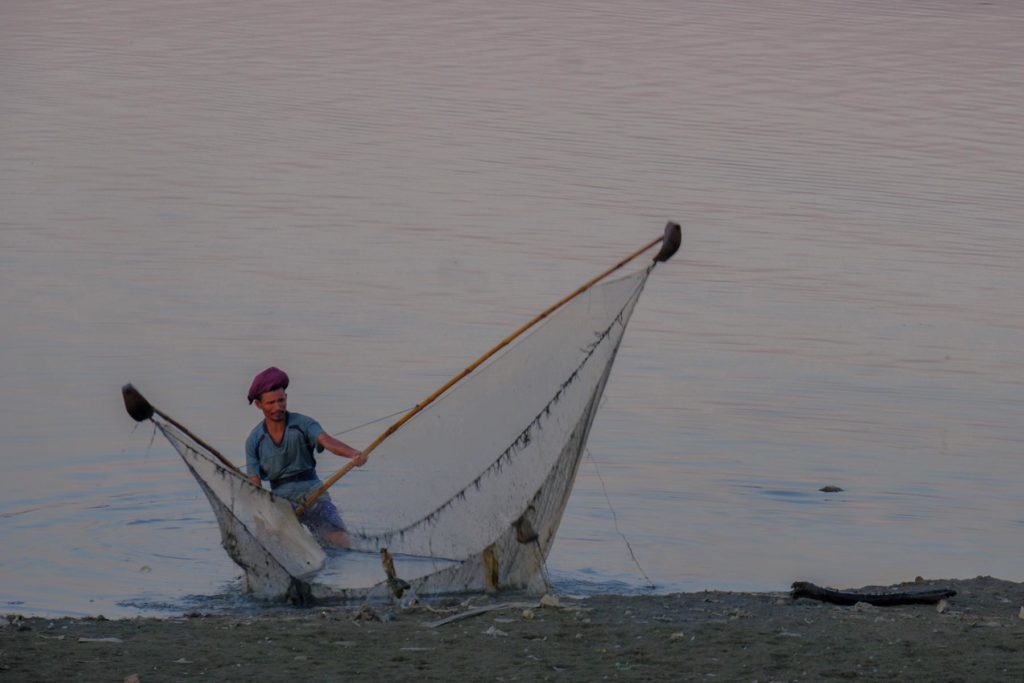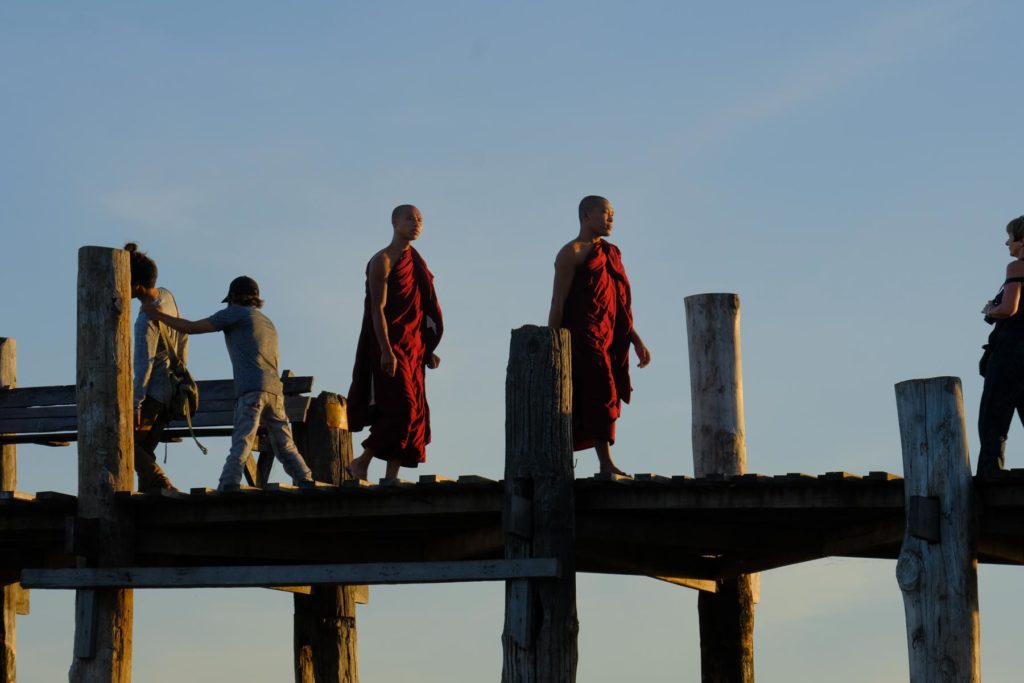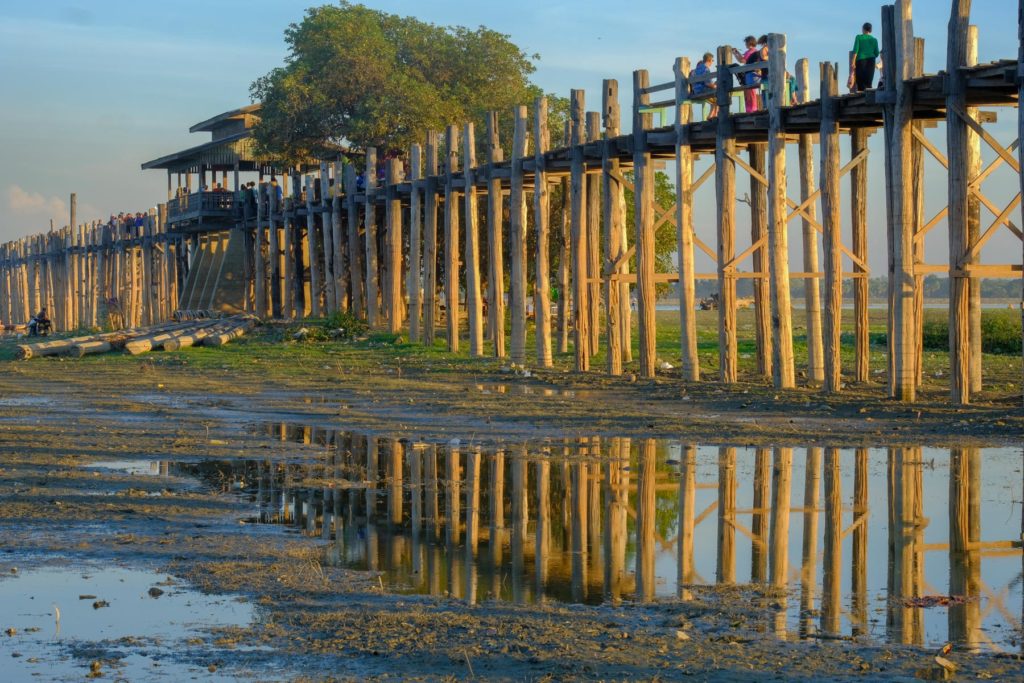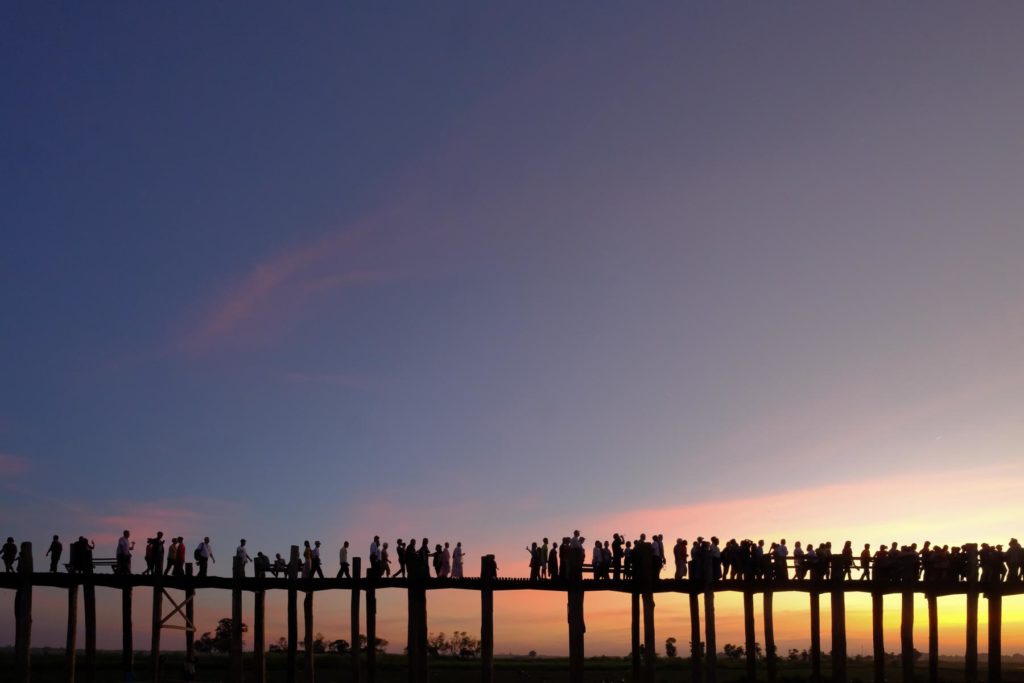Form listening to our guide I think I understand some of what happens with the people in Thailand.
Senior Citizens:
There is no pension program in Thailand. The family is supposed to care for their parents.
It sounds like the family is expected to care for their elderly but as happens in the US the theory does not always match up with practice. Jack’s wife comes from a Chinese family and she has brothers, she is the only girl. So when the brothers wanted to start a gem business the parents gave them money to start it. Recently the father was ill and needed surgery. They asked the sons for help but everyone was “too busy” to help. So Jack the son in law offered to see if he could help get him care in the city. In the town they live in the queue for the surgery was at least 6 months out so Jack went, picked him up and was able to get him an appointment for the surgery 6 weeks away I think he said. Jack drove 1.5 hours each way, 6 times to complete the process. Up until then they seldom were invited to the parents and the parents would not come to their place but now they see them often.
Families:
Many families live with 3 generations together but this is less frequent than in previous generations. When this is the case the grandparents take care of the grandkids, cook the meal etc. Jack explained that the many who are not like that will go to local places to eat the food or take it home. He says it saves time cooking and cleaning up and the food is not that expensive in the little local places.
Many families want to earn more money and the husband will go to Israel. His brother did this for 2 years, came back started building a nice house. Was asked to return on a one-year contract but needed money to buy the plane ticket. He borrowed from Jack with no interest. His wife paid it back in a few months. He said only the rich would use a bank for a loan so seldom is a loan gotten from a bank.
I believe Jack’s family had 7 children, they lived in the farming area and did not have very much but my feeling is that they all have a good life now. The parents have both died. Jack was the first family member to attend college.
Health insurance :
They have free health care but you can purchase additional care if you wish. The health care program is paid for by reducing the military budget.
Schools:
Preschool is from age 2 or 3 through age 6 or 7. Age 7 is the normal age to start Primary school although some children can start at age 6. Primary school goes 1st through 6th grade. Then they have Junior High which is 7th – 9th and High School is 10-12. I think we met someone who went to a technical school for the High School. They have both public and private schools. Public is paid by taxes.
78% of students finish High School
50% finish College
To be a hotel receptionist requires Bachelors degree
Teachers are not paid very well– 4 years of college and 1 yr practicum. They get $US550/month.
Taxes
He says the company pays the taxes. In his case OAT will pay 3% of his salary to the government. At the end of the year he can get a refund for any expenses for schools or medical care. It is only up to a certain amount. This year he was so busy the time to request the refund slipped by him. He went to ask how to do it and was told he would need to pay a fine for not doing it on time. He realized he
would be paying close to the refund so decided it was not worth it.
Religion
Buddisn is the main religion of Thailand. There are 3% Christians, 3% Muslin and 1% for all the rest.
Toilet up-date
Here in the hotel there is a tube at the back of the toilet seat that will squirt water on your bottom. It works very effectively. Other toilets just have the spray faucet like in Myanmar. Today I realized something about my toilet experiences in these countries. I returned to the women’s room at the restaurant we had eaten at 1hour before and there was no toilet paper. I think OAT (Overseas Adventure Travel) must ask the restaurants to have toilet paper for us so if you travel on you own you may have less toilet paper. OAT does take good care of us and we do get many comforts of home when it is possible to provide.

